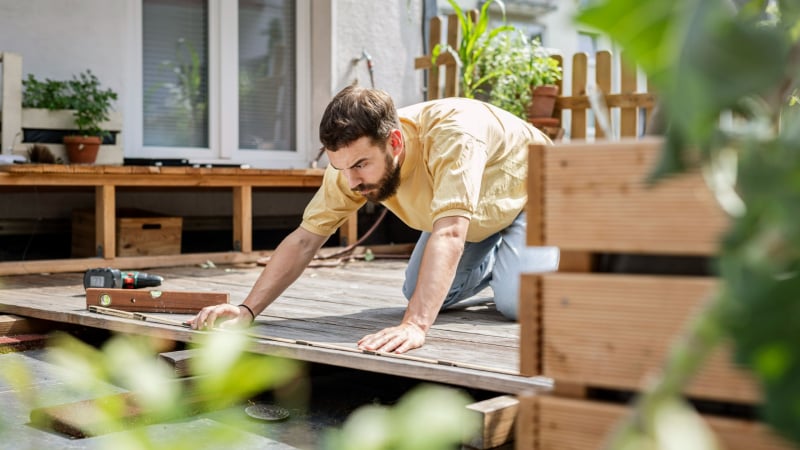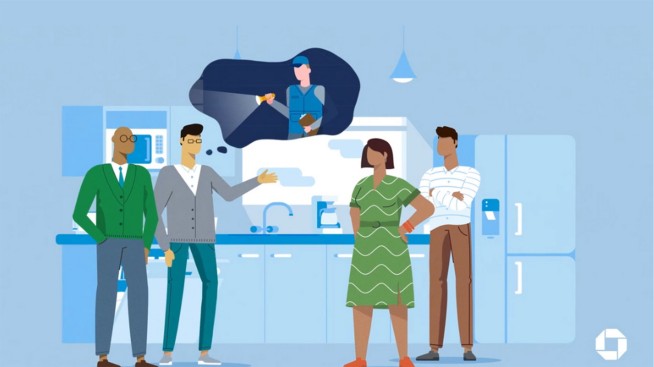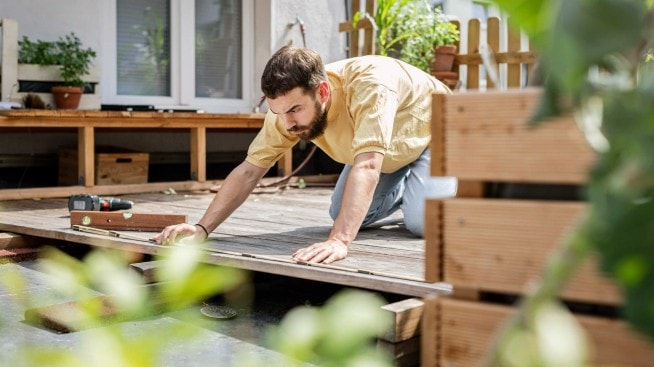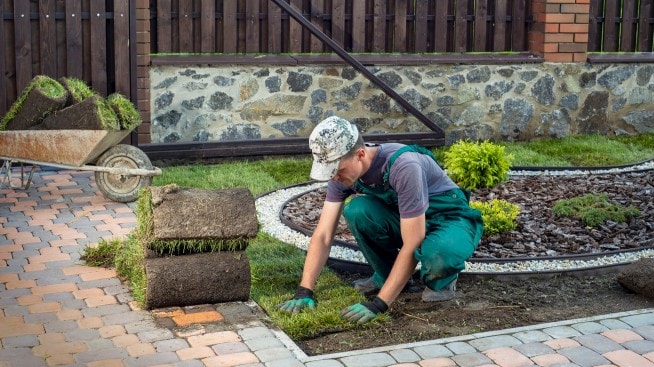Pest inspection for homebuyers

Although a home inspection is normally conducted before closing on a home, this doesn’t mean a pest inspection has also been completed. A pest inspection is a specialized service that is typically requested separately when buying a house. Let’s explore what homeowners or buyers need to know about pest inspections, including how to get one, when to get one and how much they typically cost.
What is a pest inspection?
A pest inspection is a comprehensive assessment of your property for signs of insects. If pests (or evidence of them) are found, the next step is finding a treatment from a trusted professional to hopefully eliminate the problem. It’s a little like your home’s version of going to the doctor for a check-up, diagnosing any issues and then getting medication to treat the bug inhabiting your system.
During a pest inspection, a professional inspector will come to your home and investigate the inside and outside of your property. They’ll look at your attic, basement and other crawl spaces where pests typically invade, along with the general infrastructure of the property. In addition to discovering any pests themselves, small holes, cracks, droppings and gnawed-up areas are common signs that you have pests.
After searching for damage, the inspector will provide you with a report. The report will cover the details of their findings plus recommendations for any next steps, including treatment plans.
Should I get a pest inspection?
There are a few reasons why you may want to get a pest inspection — and if you’re asking yourself this question, that may be your first sign! On a more serious note, your decision may be supported by the following factors:
If it’s required for your mortgage or not
Most lenders require a home inspection if you’re taking out a mortgage, but not all home inspections include a pest inspection. If a pest inspection is a requirement for your mortgage, the decision's been made for you. If a pest inspection isn’t required, it may still be worth considering, especially if you live in an area vulnerable to infestations.
If the home is in an area vulnerable to infestation
If you live in an area vulnerable to infestations, it’s worth considering a pest inspection. For example, certain weather conditions (typically warm, humid climates) attract termites. The South, Southeast, West and Southwest areas of the United States are the most vulnerable to infestations.
So, if it’s a warm, woody or damp area, there may be a high likelihood of termite infestations. By identifying vulnerabilities in your home’s infrastructure, pest inspections can potentially help uncover or prevent a termite infestation in the future.
If you notice signs of pest activity
You may be curious about pests or suspect your home may be experiencing a pest infestation without knowing for sure. If this sounds like you, the following signs may indicate pest activity:
- Strange noises: Depending on what type of pests you’re dealing with, you may be able to hear them scurrying about your home. In some cases, you may be dealing with rodents.
- Damage to your home: If you notice any new damage to your home like cracks, holes or signs of gnawing, you may be dealing with an infestation and benefit from a pest inspection.
- Moisture: Many pests are attracted to or create additional moisture — like termites in our example above. If you’re noticing damp spots, mold or mildew around the home, this may be evidence of pests. Alternatively, this may be your opportunity to fix the issue so you can hopefully prevent them from coming in at all.
- Visible pests or pest droppings: New or worsening insect sightings or pest droppings found around your house may be evidence of a pest infestation, providing grounds to order a pest inspection. Do note that pest droppings may be more noticeable if you’re dealing with rodents.
If you notice one or more of the signs above, consider consulting a professional and ordering a pest inspection before the issue worsens. Not only are pests hazardous to your home, but also to your health in the event they carry infectious diseases.
How much does a pest inspection cost?
The cost of a pest inspection typically depends on where your home is located and how big it is as well as the type of infestation and its severity. You’ll typically have an upfront payment for the physical inspection, and then additional payments depending on any recommended treatments.
Who pays for the pest inspection?
Payment for pest inspections depends on the situation. If you’re already a homeowner, you’ll most likely be responsible for covering the costs of your pest inspection. If you’re a buyer, the seller may cover the price of the pest inspection with the price of the home inspection, or it may be included in the price of the home. If your pest inspection isn’t included in the home inspection, you may be responsible for covering the costs.
In summary
A pest inspection is a comprehensive assessment done by a professional to identify and treat issues caused by insects and small animals such as rodents. Pest inspections help buyers or current homeowners identify potential infestations that may be harmful to their health and their homes. As a homeowner, it can be helpful to remain vigilant about potential signs of an infestation that might indicate a pest inspection is necessary.



